How to Add Potassium to Soil: 4 Great Ideas
-

- Last updated:
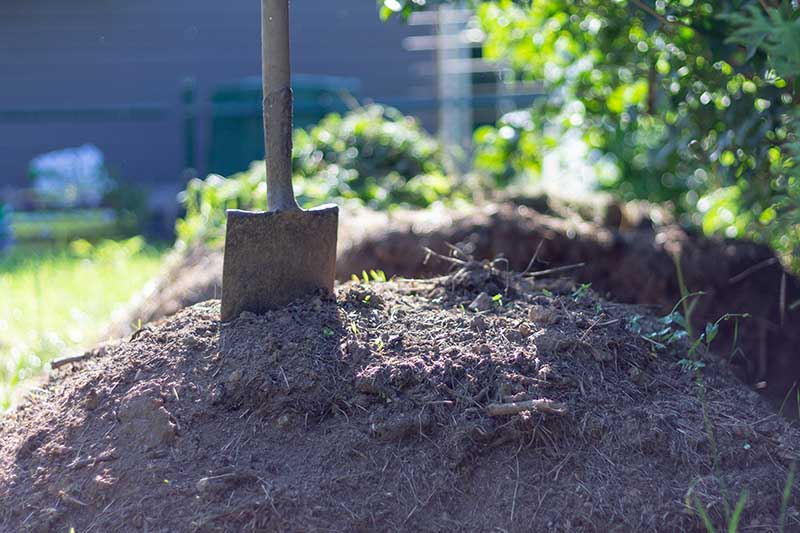
After putting in tons of hard work in your garden, the last thing you want to witness is your plants die. If you are looking for a solution to the problem, you might need to add potassium to your soil. The effects of potassium on plants are clear: they improve the growth and production of plants while also helping them resist pests and diseases.
Potassium deficiency in the soil can be disastrous for plants. Researchers recommend that you supplement your garden, farm, lawn, or orchard with potassium-rich nutrients to help the plants grow lush, strong, and productive.
Read on to understand how and when to add potassium to the soil plus several tips to help you stay on top of your garden’s potassium levels.
Why Add Potassium to the Soil?
Potassium is one of the key nutrients in the soil, alongside phosphorus and nitrogen. If it becomes deficient in your garden, you’ll start noticing an unusually slow growth rate of the garden plants. In addition, the leaves may turn slightly yellow, but this could also be a sign of nitrogen deficiency.
The signs of potassium deficiency aren’t often so visible. But if you notice your plants are not growing as vigorously, you should act quickly to conduct a soil test. A soil test will not only show how deficient your garden is in potassium but will help you determine the right amount of potash to add per foot.
How to Add Potassium to the Soil
You can stay on top of your garden’s potassium level in several ways. Let’s take a detailed look at the four best ways:
1. Add Commercial Fertilizers
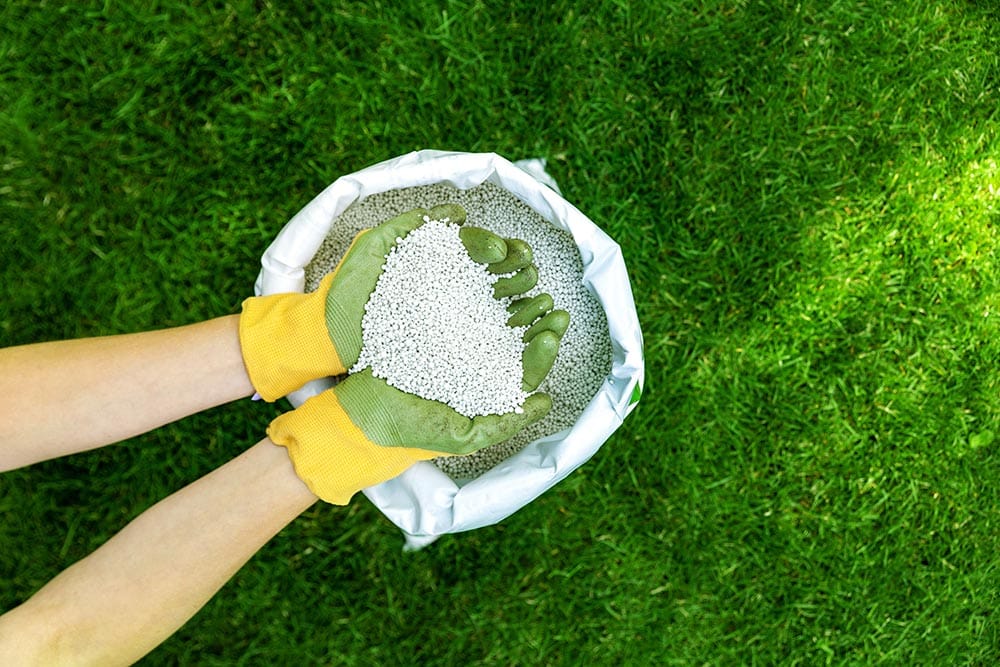
The quickest way to solve potassium deficiency in the soil is by buying and adding fast-acting amendments, such as potassium sulfate or potassium chloride. These fertilizers typically contain a high ratio of potassium.
Greensand is another potassium-rich commercial mineral you can use in your garden. As the name suggests, it is a mineral-rich type of sand that is collected from the floor of the ocean. Thanks to its sandy texture, greensand will not only release potassium minerals into the soil but also condition it if it has too much clay.
Also, it is worth noting that they release potassium at a slow rate, meaning it’s good for long-term adjustments. Only about 5 pounds of greensand will suffice a 100’ x 100’ garden for up to 5 years.
You must note that not all brands sell organic fertilizers. Ensure you buy products labeled with the Organic Minerals Review Institute (OMRI) logo.
2. Add Wood Ash
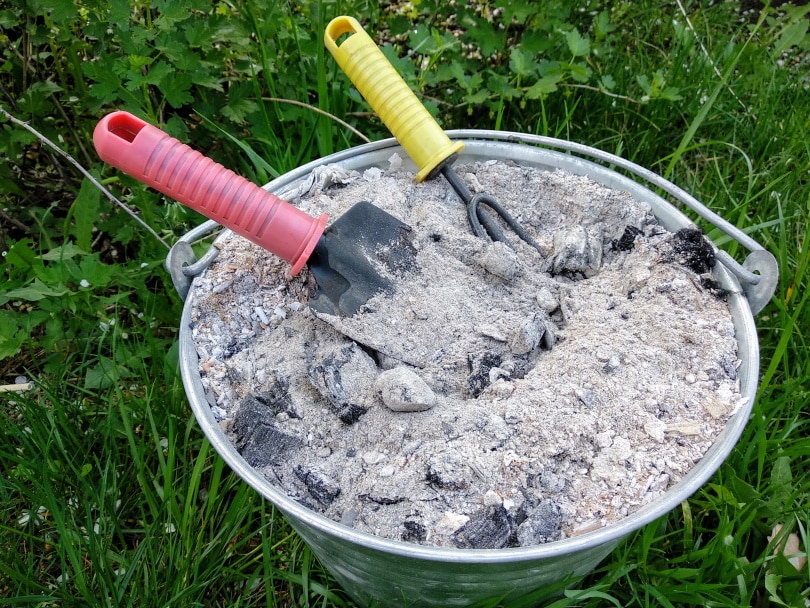
Did you know that potassium was extracted from tree ashes in the past? Instead of throwing away the clean, dry wood ash from your fireplace, you can add it to your garden to provide it with a quick dose of potassium.
Ash is an alkaline substance, so always use them sparingly to avoid raising the soil pH too high. For instance, 1 or 2 pounds of wood ash per 100 square feet will not do any harm. You must also ensure the ash comes from burned hardwood trees only (not lighter fluids, fire starters, etc.).
If your garden, flower bed, or lawn has plants that do well in acidic soils (such as blueberries or azaleas), you should minimize the use of wood ash.
3. Add Compost Manure
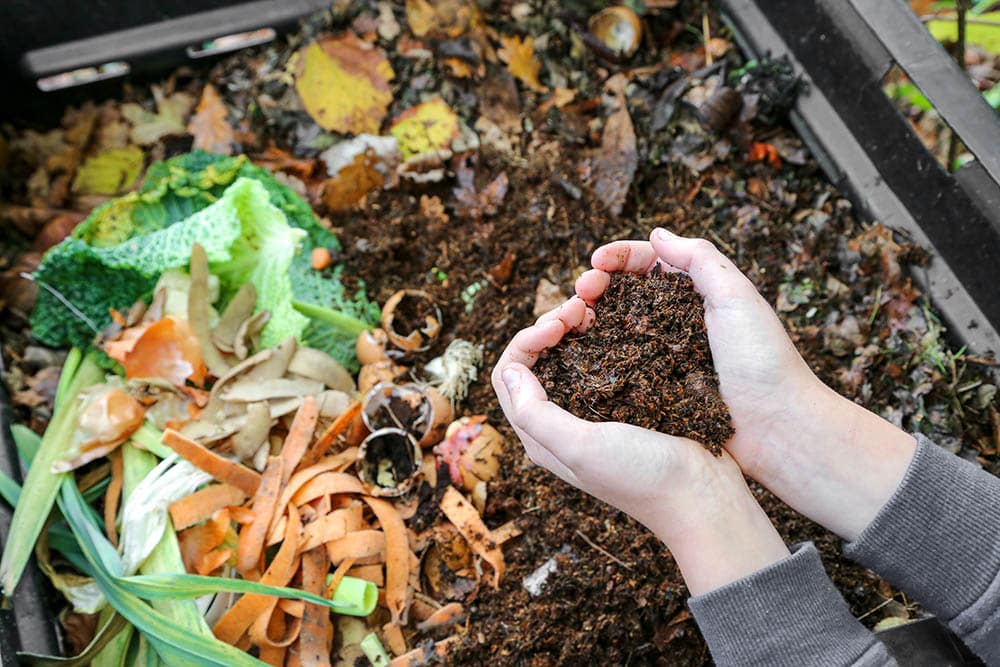
You can also make a compost heap to source potassium for your garden. A compost heap is made up of kitchen waste, green material, and soil piled together and allowed to decompose.
Some of the most ideal sources of potassium you should include in your compost are banana peels, banana leaves, animal waste (manure), shredded plant leaves, grass clippings, pet bedding, old wine, and pet food. Despite taking a lot of time to finally break down, they are good sources of fiber, carbon, nitrogen, and potassium.
A few important practices to keep in mind when making a compost heap is to sprinkle water regularly while also turning the pile once a week. Consequently, they will take a couple of weeks to fully decompose, after which you should spread them evenly into your flowerbed, lawn, or garden. Add a generous amount if the ground is bare to improve nutrient concentration.
4. Add Kelp and Seaweed
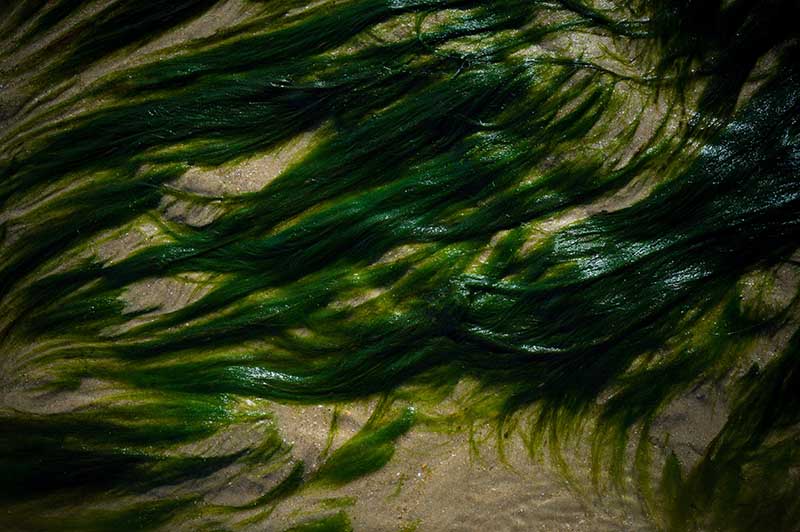
Perhaps you live near the ocean. In that case, you can access a natural source of potassium in seaweed. They release nutrients into the soil quickly and are naturally available.
If you are applying them to a garden, you should spread them evenly to ensure equal nutrient distribution. You can also apply them as mulch in nursery beds and they will leach the potassium elements into the soil with time.
For lawns and similar settings, you should purchase a dried kelp meal and broadcast it in the recommended amounts. Alternatively, you can also use a liquid seaweed concentrate to spray the soil. While both kelp meal and seafood can be mixed, using either won’t hurt but will equip the soil with potassium and other nutrients.
Knowing When to Add Potassium
Several factors can determine when to add potassium to your garden or lawn. They include the following:
Soil Test Results
Ideally, you should test your garden’s soil every 2–3 years to understand its mineral deficiency. Other serious gardeners test their soils at the beginning of each planting season. You can either purchase a soil test kit or collect soil samples, send them to the lab, and wait for the results.
Soil tests show whether potassium, phosphorus, nitrogen, and other plant nutrients are high, optimum, medium, or low in level. If the potassium levels are low, you must amend the soil with commercial fertilizer, wood ash, compost manure, or seaweed spray as already discussed.
Since soil tests are commonly conducted before the planting season, it means you should add potassium in the fall. The minerals will leach into the soil throughout summer and will be ready for uptake by plants during spring.
The Flowering and Fruiting Season
Potassium is essential for flower and fruit formation in flowering plants. If you have an orchard or garden, you should spray your crops with potassium foliar when they start to flower. They will bloom vigorously, having exhausted the nutrients, meaning they will do with more when the fruits start to form.
When You Spot Signs of Potassium Deficiency
With access to all the necessary nutrients, all plants should naturally thrive. If you start noticing an unusually gloomy behavior in your garden plants, it’s a good idea to establish whether it’s a sign of potassium deficiency.
We will look at those signs in our next section. If you notice them in your garden, then it’s time to add potassium to help the plants flourish vigorously.
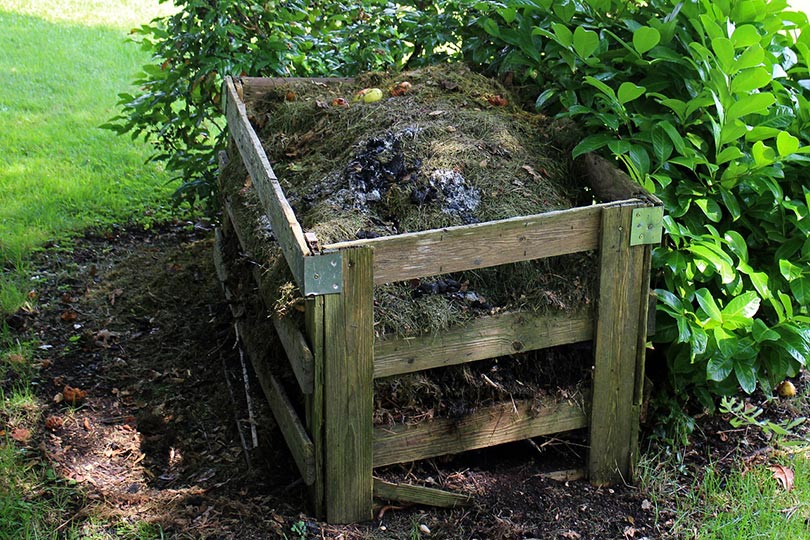
Signs of Potassium Deficiency in the Soil
Since they are not visually apparent, it could be quite challenging to spot the signs of potassium deficiency in plants. However, if you are keen enough, you may notice the following symptoms in your garden or farm:
- Lack of Vigorous Growth – Your garden plants should blossom in the prime growing season. If you notice stunted growth, there could be a possibility that the soil is deficient in potash. While this may also signify a lack of several micronutrients, your first guess should be potassium.
- Slight Yellowing of the Leaves – A deficiency in potassium and nitrogen will cause a yellowing of the leaves. In both cases, the discoloration will begin with the older leaves (the ones near the bottom of the plant). However, if you are keen enough, you’ll notice a difference in the yellow lining on the leaves.
Whereas nitrogen deficiency causes leaf discoloration from the tip towards the midrib, the yellowing caused by potassium deficiency begins from the edges and leaf margins. If the deficiency is extreme, the entire leaf will finally scorch out and die.
- Lack of Flowering Abundance – When the blooming season arrives and your plants aren’t thriving as they ought to, it could be a sign of a shortage of the key nutrient required for flowering – potassium. The same applies when the fruiting season comes.
Tips for Adding Potassium to the Soil
- Due to its high solubility, potassium leaks more quickly in sandy soils than in loam. If your garden soil is sandy, you should regularly monitor your plants to look out for potassium deficiency.
- Well-rotted compost and animal manure are perfect for amending your garden if the soil is sandy. Besides equipping it with potassium and other minerals, it helps slow down the leaching process.
- Excess potassium prevents the plants from absorbing magnesium nutrients. After you’ve added potassium to your garden, you should watch out for signs of magnesium deficit because both nutrients compete directly.
- Potassium chloride, potassium nitrate, Sul-Po-Mag, seaweed, and hardwood ash are fast-acting amendments. On the other hand, compost, greensand, and granite dust are slow-acting sources of potassium.
Conclusion
Without a doubt, potassium is an essential nutrient for all your garden plants. Besides helping in root development, it plays a crucial role in photosynthesis and flower/fruit formation. That’s why it’s recommendable to carry out a soil test and supplement your garden with potassium during planting, flowering, and when the signs of potassium deficiency start appearing.
In this article, we discussed four great ideas of how to add potassium to the soil. While none is entirely better than the others, your best course is to examine the specific needs of your garden plants to determine the best way of adding potassium.
- https://www.wikihow.com/Add-Potassium-to-an-Organic-Garden
- https://growfully.com/add-potassium-to-soil/
- https://www.gardeningknowhow.com/garden-how-to/soil-fertilizers/plants-potassium.htm
- https://www.researchgate.net/publication/45725827
- https://www.gardeningknowhow.com/garden-how-to/soil-fertilizers/using-glauconite-greensand.htm
- Signs that Show Your Plant Needs More Potassium
Featured Image Credit By: Olena Siemer, Shutterstock
Contents


